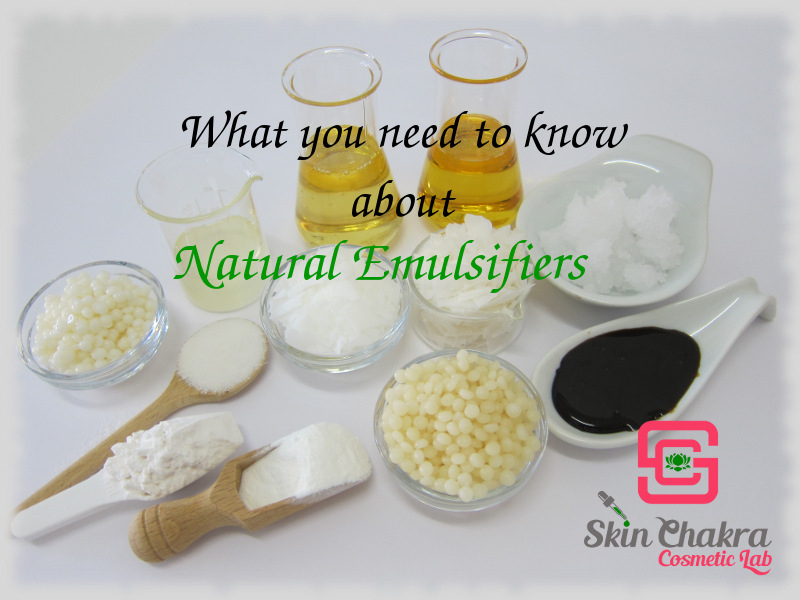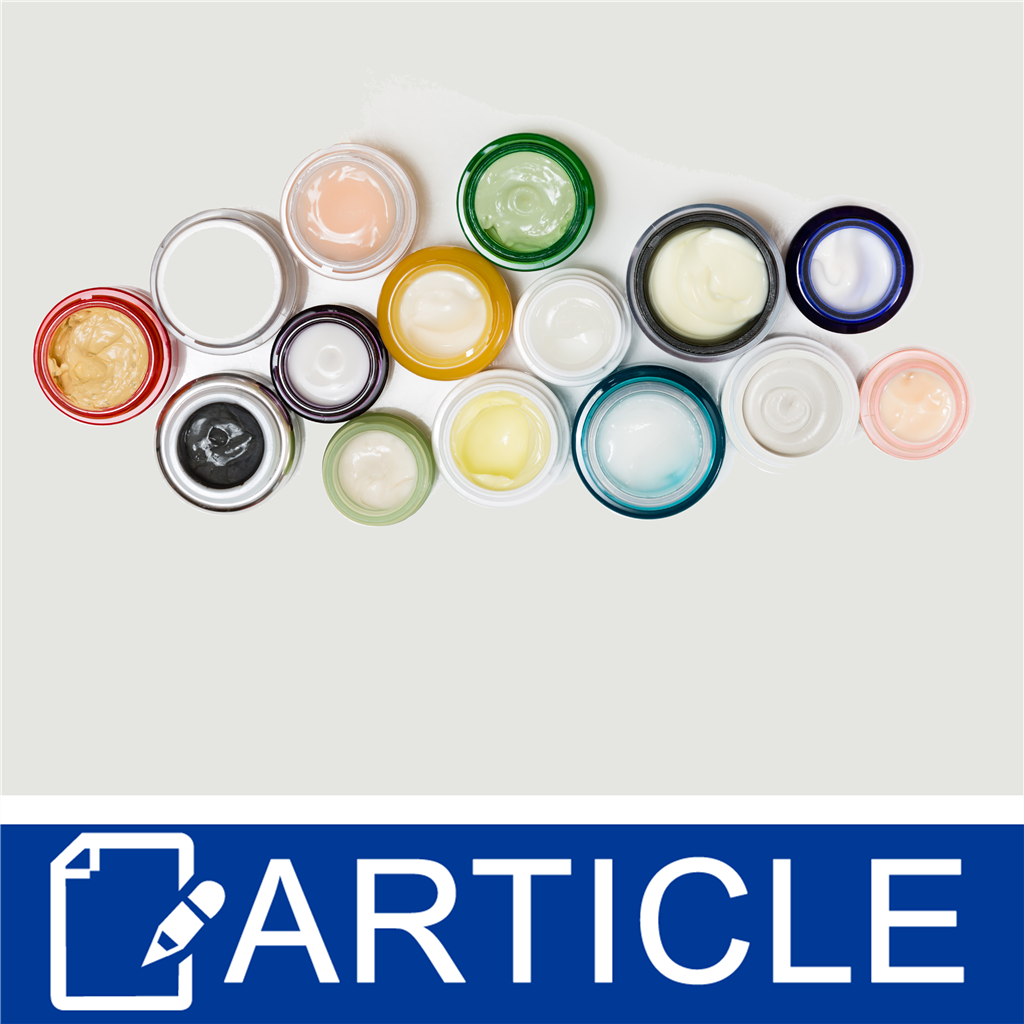How emulsifiers enhance active ingredient delivery in cosmetics
Emulsifiers: Secret Active Ingredients for Attaining Perfectly Blended Formulations
Emulsifiers play a necessary duty in creating secure mixes of immiscible liquids, such as oil and water. Their special buildings enable them to decrease surface tension, which is crucial for harmony in different formulas. Understanding the differences in between all-natural and artificial emulsifiers can influence item high quality considerably. As sectors increasingly seek to enhance texture and life span, the selection procedure for the ideal emulsifier ends up being critical. What variables should be thought about in this essential selection?
Comprehending Emulsifiers: What They Are and Just how They Function
Emulsifiers might seem like an easy addition to solutions, they play an important function in maintaining mixes of components that usually do not mix well, such as oil and water. These substances operate by minimizing surface area stress at the user interface in between immiscible liquids, permitting them to mix more uniformly. Emulsifiers consist of both hydrophilic (water-attracting) and lipophilic (oil-attracting) homes, which enable them to anchor themselves at the limit of both stages. By doing so, they create a protective barrier that protects against the beads of one liquid from coalescing right into bigger masses, thereby preserving a steady emulsion. The effectiveness of an emulsifier relies on its molecular structure, which influences its ability to maintain blends. In numerous applications, from foodstuff to cosmetics, emulsifiers ensure a consistent appearance and appearance, boosting both capability and customer appeal. Their importance can not be overemphasized in attaining well-blended solutions.
Kinds of Emulsifiers: Synthetic vs. natural
Emulsifiers can be generally classified into two kinds: all-natural and artificial, each offering distinct benefits and applications. All-natural emulsifiers, acquired from plant or pet sources, include lecithin, periodontal, and casein arabic (emulsifiers). These emulsifiers are commonly preferred in natural and clean-label items because of their very little handling and biocompatibility. Their mild nature makes them suitable for delicate formulas, especially in food and cosmetics

On the other hand, synthetic emulsifiers such as mono- and diglycerides, and polysorbates are manufactured through chemical procedures. They are frequently utilized in commercial applications due to their stability and effectiveness in producing emulsions. Synthetic emulsifiers commonly display premium efficiency in severe conditions, such as heats or varying pH levels. The choice in between natural and synthetic emulsifiers mainly depends upon the details solution requirements, regulatory factors to consider, and consumer preferences, influencing their efficient application in various sectors.
Features of Emulsifiers in Food and Aesthetic Solutions
The function of emulsifiers extends beyond simple stablizing; they are fundamental in achieving the wanted structure, rack, and appearance life of food and cosmetic products. In food solutions, emulsifiers aid mix oil and water, developing smooth and consistent textures essential for sauces, dressings, and dairy products. They decrease surface area stress, enhancing the security of emulsions, which protects against separation and prolongs quality.
In cosmetics, emulsifiers ensure that components, such as oils and water, mix perfectly, helpful site improving and giving an enjoyable feel application. emulsifiers. They contribute to the product's thickness and spreadability, crucial for creams, lotions, and lotions. Furthermore, emulsifiers can encapsulate active ingredients, enhancing their circulation and performance in formulas. By managing structure and improving sensory characteristics, emulsifiers play a vital role in meeting consumer expectations in both food and cosmetic markets, guaranteeing items are not just attractive yet also functionally effective
Picking the Right Emulsifier for Your Product

Additionally, the target application-- whether for food, cosmetics, click to read or pharmaceuticals-- will certainly influence the selection. Food-grade emulsifiers must comply with safety and security regulations, while cosmetic emulsifiers may require skin compatibility. Examining factors such as HLB (Hydrophilic-Lipophilic Balance) aids in forecasting emulsifier actions in certain formulations. Ultimately, a complete analysis of both useful requirements and regulative factors to consider is important to select one of the most effective emulsifier, guaranteeing the final product fulfills the wanted high quality and stability standards.

Tips for Effective Emulsion Formation and Security
Accomplishing effective solution formation and security calls for cautious interest to a number of critical factors. The choice of emulsifier plays a pivotal role; it ought to be suitable with the oil and water stages to assure reliable stabilization. Second, the proportion of oil to water need to be balanced, as an incorrect ratio can bring about instability. Third, the blending process should be controlled; high shear blending can aid attain smaller droplet dimensions, enhancing security.
Temperature level additionally affects emulsion stability; maintaining excellent temperature levels throughout solution prevents early splitting up. In addition, integrating stabilizers such as thickeners can additionally enhance viscosity, reducing the chance of stage separation. Conducting complete security examinations after formula will certainly aid determine potential problems, permitting for adjustments before last production. By sticking to these guidelines, formulators can achieve dependable and consistent solutions that maintain their wanted residential properties with time.
Regularly Asked Concerns
Can Emulsifiers Be Used in Vegan Formulations?
Yes, emulsifiers can be utilized in vegan formulations. Lots of plant-based emulsifiers, such as lecithin from soy or sunflower, supply reliable blending without animal-derived ingredients, making them article appropriate for a variety of vegan products.
What Prevail Irritants in Emulsifiers?
Common irritants in emulsifiers include soy, dairy products, and eggs, as certain emulsifiers are obtained from these resources. Additionally, some people might respond to preservatives or ingredients used along with emulsifiers in numerous formulas.

Exactly How Do Emulsifiers Influence Shelf Life of Products?
Emulsifiers boost item stability by preventing splitting up of active ingredients, consequently extending rack life. They alleviate perishing triggered by microbial development and oxidation, leading to prolonged quality and boosted quality in various food and aesthetic solutions.
Exist Any Type Of Health Issues Connected With Emulsifiers?
Research indicates possible health problems connected with emulsifiers, consisting of digestive tract microbiome changes and inflammation. While regulatory bodies normally consider them safe, recurring studies continue to explore lasting impacts on health and wellness and general wellness.
Can Emulsifiers Improve Taste or Aroma in Formulations?
Emulsifiers can enhance flavor and aroma in formulas by boosting component dispersion and stability. This results in an extra consistent product, allowing tastes to fuse efficiently, ultimately bring about a more satisfying sensory experience for consumers.
Emulsifiers might appear like a straightforward addition to solutions, they play a necessary role in supporting mixtures of active ingredients that commonly do not mix well, such as oil and water. In food formulations, emulsifiers aid mix oil and water, developing smooth and consistent appearances important for sauces, dressings, and milk products. Food-grade emulsifiers ought to conform with safety and security policies, while aesthetic emulsifiers might call for skin compatibility. Common allergens in emulsifiers consist of soy, dairy products, and eggs, as specific emulsifiers are acquired from these resources. Emulsifiers can improve flavor and aroma in formulas by enhancing component dispersion and stability.